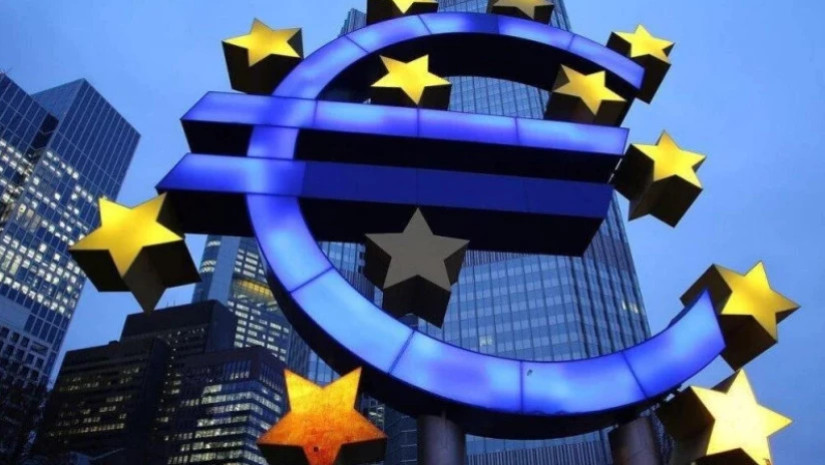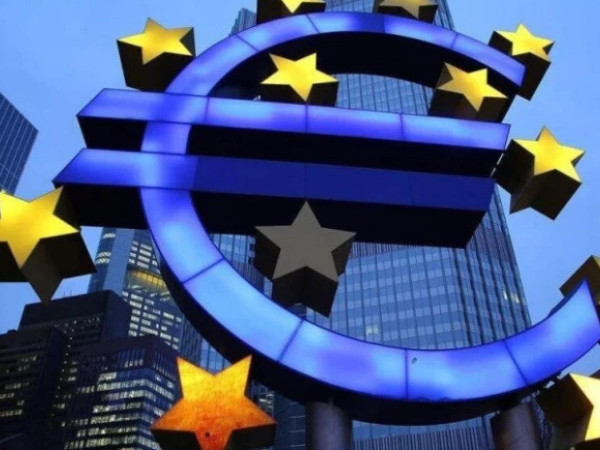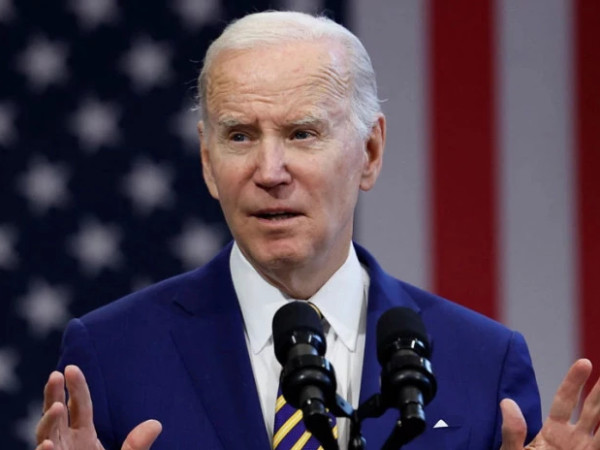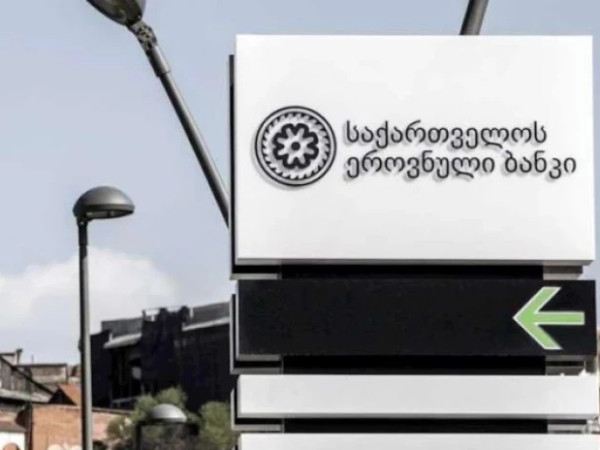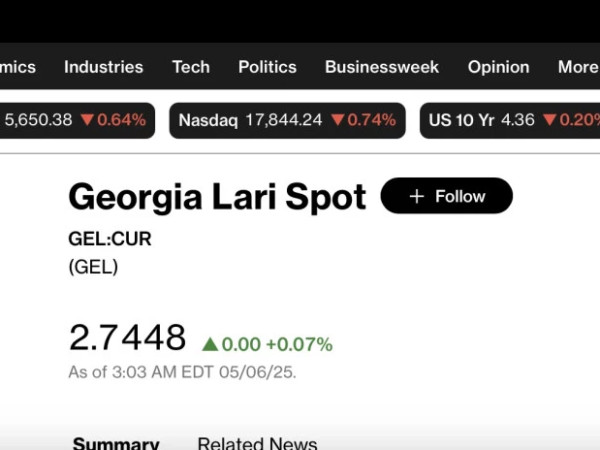The eurozone's job market continued to show resilience at the start of the year, defying signs of weakness in the economy that are of growing concern for policymakers at the European Central Bank.
The number of unemployed workers in the 20-nation bloc fell by 42,000 in January, leaving the unemployment rate at the record low of 6.2% where it has been since October. Economists polled by The Wall Street Journal expected a jobless rate of 6.3%.
When they last published forecasts in December, the ECB's economists had expected the unemployment rate to pick up at the start of this year, but slow towards the end of 2025 as economic growth picks up.
However, the eurozone faces a more uncertain outlook. U.S. President Donald Trump has repeatedly threatened to increase tariffs on imports from the European Union, having imposed large new duties on purchases of goods from Canada, China and Mexico earlier Tuesday.
There are some signs that job losses picked up in February, with a survey of purchasing managers conducted by S&P Global finding that factories cut their payrolls at the fastest rate in four-and-a-half years. A separate measure compiled by the European Commission found that businesses cut back on hiring plans last month.
"The Employment Expectations Indicator deteriorated, moving somewhat further below its long-term average," the Commission said last week. "The decrease reflected significant deteriorations in employment plans in services and construction, and, less so, in industry."
However, some policymakers see a planned increase in spending on defense as a likely boost to employment, particularly in parts of the underused factory sector that can be repurposed for arms manufacture.
Despite the continued strength of the jobs market, the ECB is expected to lower borrowing costs on Thursday for a sixth meeting in a row to 2.5%, having first cut borrowing costs from 4% in June 2024.







